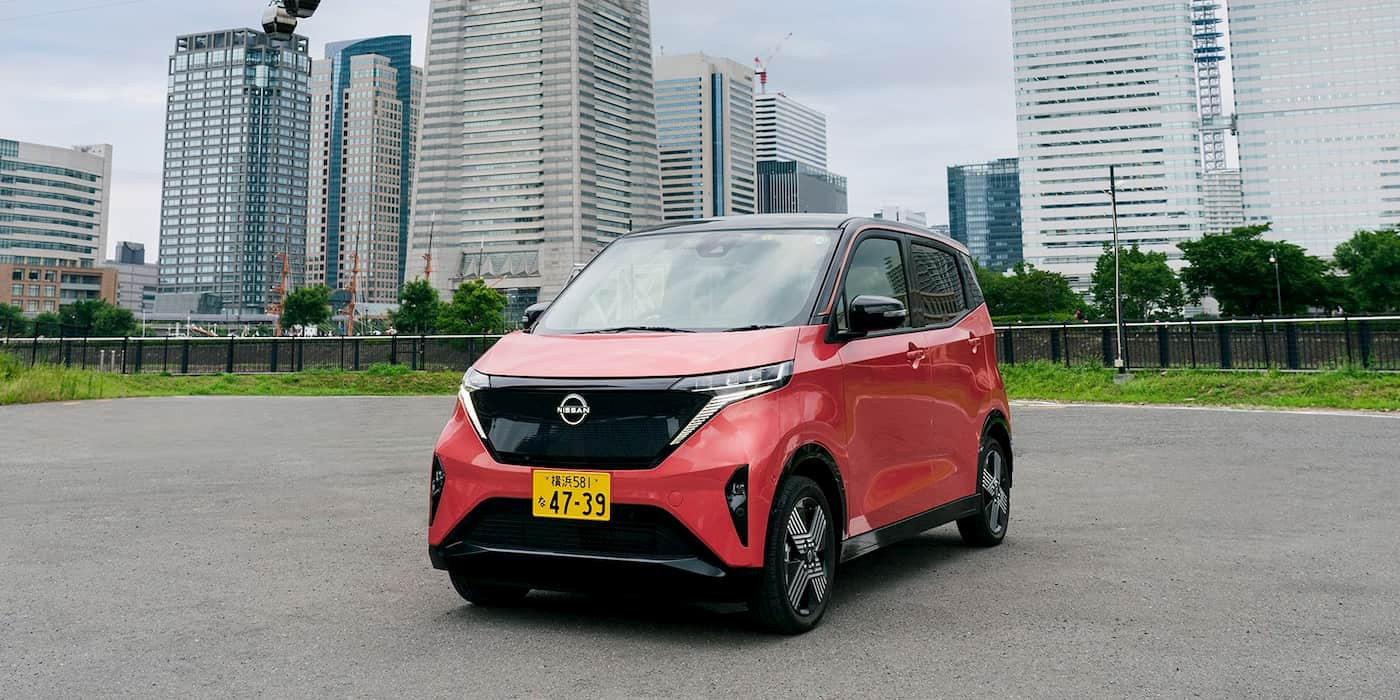
The Sakura, an unassuming microcar from Nissan and Mitsubishi which launched last year, has become the top-selling EV in Japan, beating out global rival Tesla. In a country that has been dragging its heels in going electric, this neat little car meets an obvious need that connects to consumers: It’s cheap and insanely practical.
This week Bloomberg released new data sizing up the Sakura (aka Mitsubishi’s eK X), which it says now accounts for half of EVs sold in the country so far this year. Still, that’s not saying all that much, considering EVs make up only 1.5% of new car sales this year, compared to roughly 15% in western Europe and 5.3% in the US. While at this week’s Japan Mobility Show, automakers seem eager to spotlight futuristic, even absurd EV prototypes to drum up some buzz, major players in Japan are desperately trying to catch up, with offerings from Nissan and Toyota still only in the concept stage.
Despite the dreary state of affairs here, what makes the Sakura a winner in Japan is that it meets a few unique criteria specific to Japanese consumers (if global warming weren’t convincing enough). For one, it costs only about ¥2 million, or $13,300 USD, which includes government incentives. And it’s light, small, and easy to squeeze into tight places, making it ideal for those quick commuter/errand-running trips that make kei cars – a Japanese vehicle category for tiny highway-legal passenger cars – all the rage in Japan.
The Sakura, like any kei, has a light, boxy frame that makes it breezy to cruise around the country’s narrow roadways. The 11-foot-long Sakura, which is only sold in Japan, has a range of 180 kilometers on a single charge and can reach 130 km/h speeds – while that range seems limited, it’s more than enough for most commutes and errand-running. As more suburban and rural gas stations are closing (not to mention an apparent lack of public transportation options outside major cities), electric kei cars now especially have an edge, since owners can easily just charge them at home overnight with any outlet. Plus the Sakura promises to deliver solid performance for such a tiny car, with quick acceleration that surpasses your typical kei experience and feels more like a regular ol’ car.
“We launched a kei EV as it suits Japanese people’s everyday needs and road conditions here,” Keiko Kondo, Nissan’s chief marketing manager for Sakura’s domestic business, told Bloomberg.

The Sakura was jointly developed by Nissan and Mitsubishi and released last year, with Mitsubishi selling it as the eK X. Both cars won Japan’s Car of the Year award last year. Data from auto industry groups show that some 35,000 units have sold so far this year.
While we won’t be seeing the Sakura on US roadways or anywhere outside of Japan (for one, it wouldn’t pass collision testing), Japanese buyers can expect to see more kei EVs rolling out next year from Suzuki, Toyota, and Honda. Still, Nissan holds a special place in the running with its best-selling Leaf. Nissan plans to launch 19 EV models by 2030, and also begin using solid-state batteries by 2028 capable of holding twice the energy of current lithium-ion batteries.
FTC: We use income earning auto affiliate links. More.